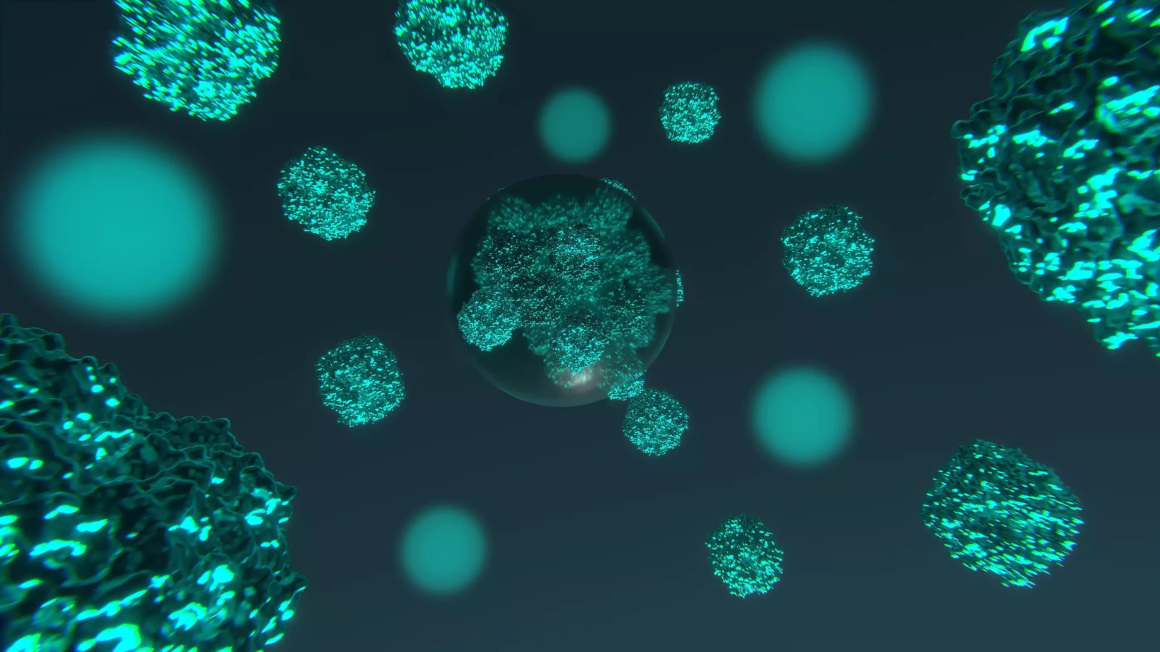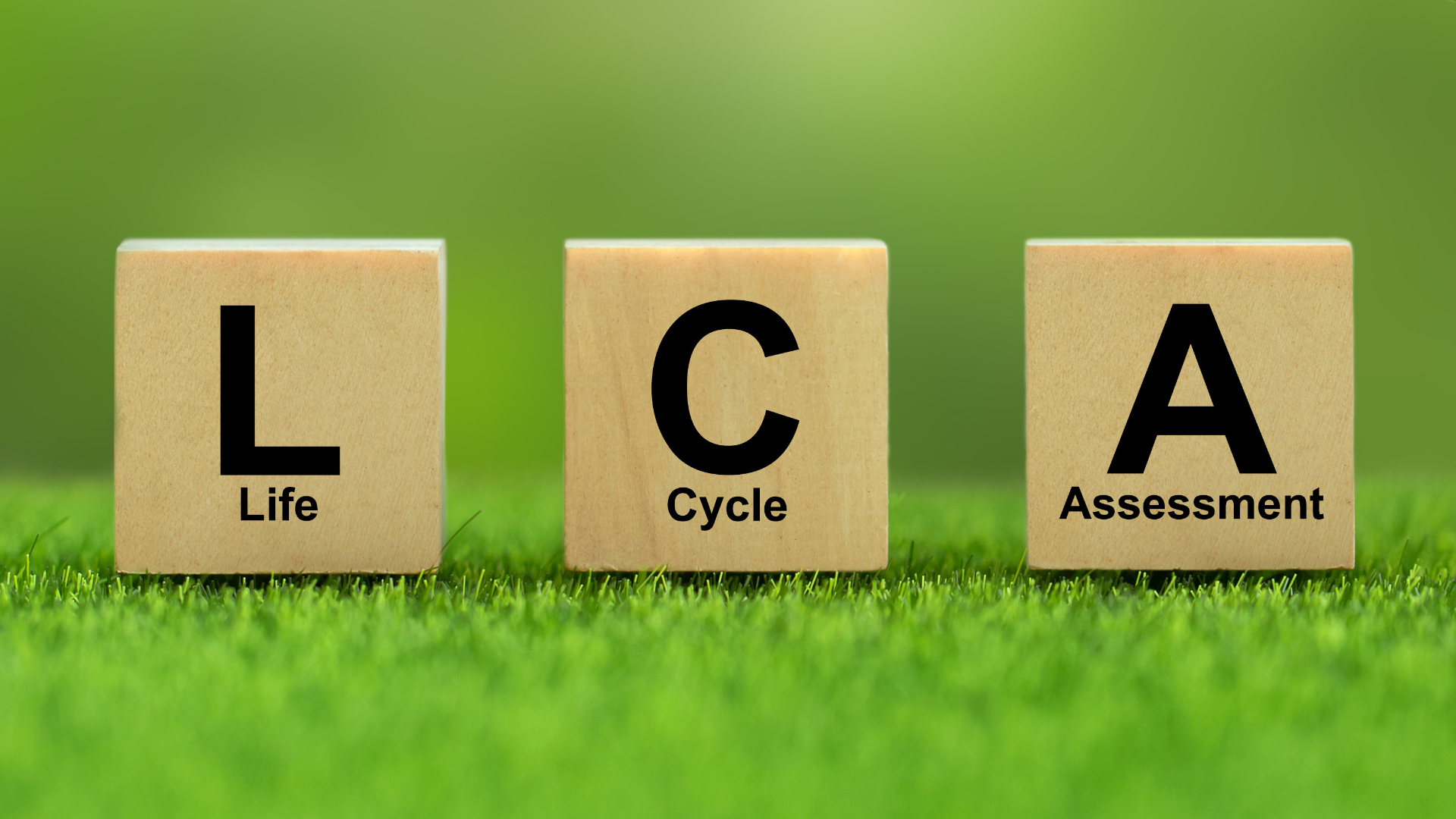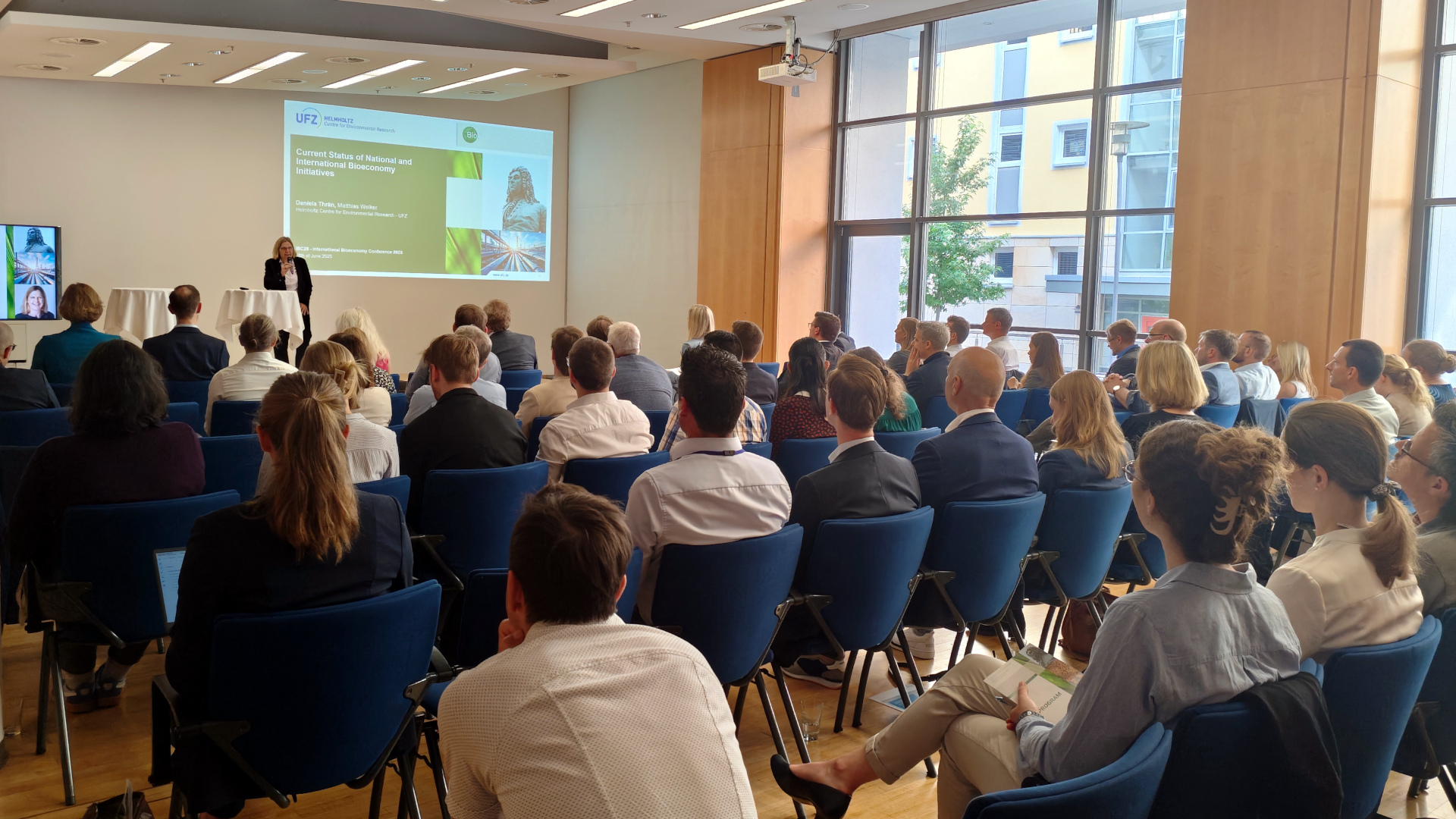Photosynthesis research for efficient carbon capture
Two newly founded research groups at the Max Planck Society are developing more efficient methods of photosynthesis to break down and bind CO2 with the help of sunlight.

While CO2 emissions continue to rise worldwide, one technology is increasingly coming into focus: carbon capture - the capture and storage of carbon dioxide directly at the source. On 1 July 2025, the Max Planck Society will take on two new research groups working on the development of more efficient processes for capturing CO2 from the atmosphere. Under the leadership of biochemists Adrian Bunzel and Andreas Küffner, they are investigating how natural photosynthesis can be improved to help tackle the climate crisis in the long term.
Complementary research approaches
At the Max Planck Institute for Terrestrial Microbiology, Adrian Bunzel is developing artificial photoenzymes using computational protein design and directed evolution - both Nobel Prize-winning methods. These customised enzymes are intended to drastically simplify the complex natural reaction pathways and increase photosynthetic efficiency. His research follows the principle of biomimetic engineering: as in aircraft construction, the basic principles of nature are adopted but implemented in a technically optimised way.
Andreas Küffner at the Max Planck Institute for Multidisciplinary Science is pursuing a different approach. He is working on a new method to increase the efficiency of photosynthesis by generating a higher CO2 concentration in plant cell organelles than is usual in nature. Küffner is not focussing on scaling up in large bioreactors or open waters, but on improving the processes inside the cells. Cyanobacteria do offer practical advantages such as rapid growth, simple genetic manipulation and scalability in open waters or specialised pools. However, one challenge remains: cyanobacteria require large quantities of nitrogen and phosphorus as fertiliser. Their production, in turn, is resource-intensive and causes CO2 emissions.
Carbon capture and utilisation
In the future, it would be quite conceivable to fix and store CO2 at least where it is produced. The captured carbon could be reused and chemically integrated into plastics or other everyday materials. The process is called Carbon capture and utilisation. Andreas Küffner and Adrian Bunzel are pursuing both goals at the same time. 'By incorporating the CO2 into the biological metabolism, it can then be used to produce practically any chemical that we can create biologically,' says Adrian Bunzel. Possible products include biofuels or starting materials for the chemical industry.
lh


